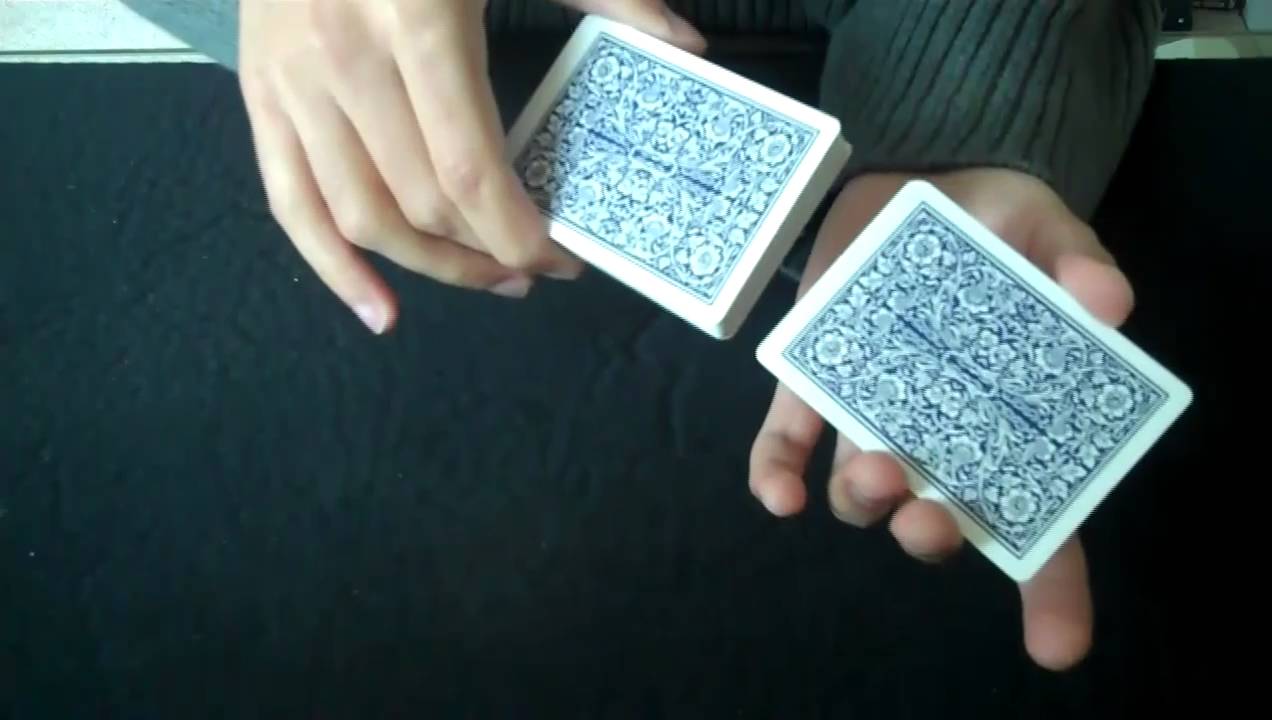
The Greek history has roots for palm reading. The practice of palm reading was not restricted to one culture, region, religion, or country. It was practiced in numerous schools of art all over the world. Chirologists, hand readers, and palmists are some names for practitioners. The art form was brought to Greece by Aristotle, who passed it on to Alexander the Great.
Chiromancy
Chiromancy was developed in the Near East during the Hellenistic period. This ancient practice does not have any direct connection to astrology. Instead, it is based solely on intuition. Its methodological principles are not entirely clear. Christian chiromantics discovered a scriptural basis to chiromancy in Job37:7 in the sixteenth century. This may have meant God sealing up a person's hand before they read it. This text is only partially understandable and is based in obscure symbols.
Gypsy fortune-tellers were depicted often as women who had the ability to read the minds of men before the modern practice. Gypsy chiromancy was very popular in India, even though it had been extinct from Egypt by the 16th century. Henry VIII, however, saw palmistry as a clever trick. He failed to consider the fact that a written chiromantic tradition existed for more than two hundred years. British authorities began to rescue this practice from its gypsy veneer.
Palmistry
The practice of palm reading (also known as chiromancy) involves examining the lines between fingers and using them for predictions about the future. Palmistry is an ancient practice that has been used across many cultures. This practice is done by practitioners who are specialized in it, such as palmists, Chiromancy Practitioners, and chirologists.

The four main lines on the palm are easily visible and can be used to read. Each line represents one aspect of the person's personality. A curvature on the heart line is an indication that a person is nurturing and emotional. A straight line along the heart lines indicates that someone is more reserved and cautious.
Reading the hand shape
You can use the following four lines to read your palms. They can show how a person feels and change over time. Some people find it helpful to take photos of their hands throughout the day to track changes. An individual's flexibility may also be determined by how the line is shaped. A curving line at the heart can indicate someone is caring and open to others. A straight line, on the other hand, means a person is guarded and reserved.
The palm is useful for evaluating someone's personality. It can give us information about a person's personality, such as their compassion. They might be compassionate and able to look at the other side. However, they might be stoic and inclined to make judgments. There are many different ways to analyze a hand, but there's one way that has worked for centuries: finding people who have similar characteristics, which allows the palmists to compare them.
Lifeline
The Lifeline is a characteristic that is seen in palms of those who have weak Life lines. A person with a low Lifeline indicates they are extremely fragile and can have difficulty dealing with physical stress. These people depend on their nervous energy and physical strength to survive. A person with a weak life line may not only have problems with their physical strength, but also lack the motivation and health to do so.
While there are many ways to interpret the lifeline, the most common interpretation is that it indicates an individual’s general physical disposition. It is sometimes thought that it represents the life expectancy of a person, while others believe it to be a measure of a person's health. We can learn more about someone's health by measuring the thickness and depth of their lifeline.

Fish mark
The Fish mark, which is often found on the palm of the hand, was originally created in ancient Greece. It is a symbol of happiness and unmeasurable good luck. Its color, a warm pink is lucky and good luck. It is an important sign in palmistry, and is very common in Asian countries. Learn more about this palm sign's use in palmistry. Palmistry is known for its Fish mark.
The Fish sign in Indian palmistry is considered to be auspicious. It signifies a loving and successful spouse. It also means good fortune for the woman, and a long life for her husband. The Fish sign is a triangle-shaped symbol in Chinese palmistry. It appears near the end of the Life Line.
FAQ
What are the competitive hobbies?
Competitive sports include running, swimming, cycling, golfing, tennis, etc.
These games are often played by people who enjoy exercise but also offer the opportunity to interact with others.
If you have a hobby that involves physical activity, then you'll probably find that there are other people around who share this interest.
This could be as simple as joining a sports club where you play regularly together.
You may also want to play in a team game, where you are playing with others.
These include soccer (soccer), rugby, netball and hockey.
There are many kinds of competition.
Some competitions are organized for purely recreational purposes.
Others are designed for competitors to prove their skill.
Other rewards are available to recognize exceptional performance.
In these cases, winners receive prizes.
Other competitions aim to assess the strength and endurance of competitors.
These are known endurance events.
For example, marathon races, triathlons, Ironman Triathlon, etc.
Athletes train hard before they compete in these events.
To prepare their bodies and minds, they will have to adhere to a strict training plan.
They might also have to travel for preparation.
It is important to keep in mind that not all athletes can compete in every event.
What does a hobby cost?
The only thing that costs less than a hobby is time. If you're serious about your hobby, it can take you years to get what you want.
One thing can help you. It's called passion'. Passion will help you put in the effort to succeed.
Once you put in the hours, you might find yourself addicted to the activity. This is where the real fun begins. Because you're doing something you like and it keeps getting better. This will mean that you will have likely made significant improvements by the end.
It doesn't matter how long it takes. Give it a shot. You might just surprise yourself!
What are good hobby ideas?
Your favorite hobbies are ones you enjoy. You'll be more motivated to do what you love. If you don't feel well or tired, you will always have an excuse!
Hobbies that we all know and love include gardening, painting and crafts, photography, cooking, sports and games, reading, music, film-making, collecting, cycling, walking, dancing, writing, playing instruments, etc.
Another option is to volunteer at a local charity shop.
Suppose you're looking for something more adventurous. Why not take up scuba diving, rock climbing, sky diving, bungee jumping, white water rafting, sailing, surfing, canoeing, kayaking, horse riding, zip lining, hang gliding, paragliding, skydiving, snowboarding, skiing, mountain biking, hiking, camping, fishing, hunting, archery, shooting, clay pigeon shooting, target shooting, golf, tennis, swimming, snorkeling, windsurfing, waterskiing, kitesurfing, wakeboarding, standup paddle boarding, hang gliding, parasailing, hot air ballooning, paragliding and many more.
You can spend your time outdoors in many different ways, including spelunking, snowshoe hiking, snowshoe hiking and more. You can go cliff diving, cave tubing or snowshoe hiking, snowshoeing or snowkiting.
What are some enjoyable hobbies for seniors
Senior citizens should find activities they love to do. They should also try to stay active by participating in sports and other physical activities.
They might be interested in joining clubs that offer similar interests. This way, they'll feel less lonely as they age.
Seniors must also be on the cutting edge of new trends. For example they could keep up to date with fashion, art music, literature, politics, and so forth.
How can I find a hobby?
At first, it may seem like there is nothing you can do.
You're likely thinking, "I can't be very artistic" or "I have no idea what I'm doing."
The truth is that you likely already have a lot experience in your chosen hobby.
It's just that you haven't realized it yet.
Take a look around your house. How many things do you own?
Do you have any old toys lying around?
Maybe you have a collection of books or magazines.
Maybe you've always wanted to learn how to cook.
Or perhaps you would just like to learn how to play the guitar again.
Whatever it is you're interested in, you can make it a hobby.
Realize that you have many experiences already.
Once you do that, you can choose a hobby to fit your life.
Statistics
- 37% Video Games 36% Travel 36% Health and Fitness (quizexpo.com)
- I am 100% biologically a woman (discover.hubpages.com)
- The Role of the Mind in Sex, Dating, and Love: Men in the “humor” condition received phone numbers from 42.9% of the female participants and were refused 57.1% of the time. (time.com)
- Studies show that just six minutes of reading can reduce stress levels by 60 percent. (oberlo.com)
- A new survey by Pew Research Center of teens ages 13 to 17 finds that 36% of girls feel tense or nervous about their day every day; 23% of boys say the same. (pewresearch.org)
External Links
How To
How to start bicycling
Bike riding is one the most loved sports today. It's a great sport that you can do for exercise and enjoyment, as well as allowing you to get out in the freshest air. Bicycling is not an easy sport. It takes skill and practice to become proficient. To avoid falling off your bike while you ride, you must first learn how to properly use it. Here are some tips to help learn how you can ride your bike safely.
Make sure you have proper cycling clothing. You need clothing that fits comfortably and protects from the elements. If you're going out on a bike ride, you should wear a helmet. You won't feel too hurt if you crash. Your bike should fit properly. A poorly fitting bike could cause injuries during a collision.
You should also make sure to check your tires on a regular basis. You must insure that your tires are sufficiently inflated to give you adequate traction. You should inspect your tires every week. Make sure that the treads remain clean and free of debris when you check them. Verify that the valve stems don't leak. Verify that your brakes work properly. Keep an eye out for what's ahead. It is dangerous to ride in traffic. Be aware of pedestrians and animals around you. When riding, remember to use common sense. Don't drive like a maniac, and avoid making sudden movements.